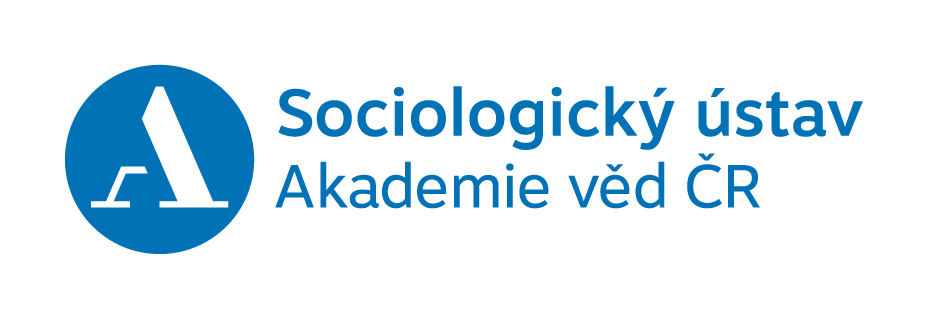Over the past two years, the public finance reform has turned into a dominant topic in Czech politics. Shortly after having been instituted to power, the cabinet of the Prime Minister Špidla announced the reform as a core element on its government agenda for the entire election term. For a long period of time, the very notion of public finance reform has represented one of the notions most frequently exploited in public presentations of coalition and opposition politicians or local political commentaries and major media news.
Discussions of the reform were also joined very intensely by certain key interest groups, such as trade unions, professional chambers, employer associations or various groups of enterpreneurs. Several times, disputes surrounding certain proposals escalated to the very edge of an open social conflict. For a long time, our ongoing investigations in which we periodically ask, for example, about which recent events people consider most important, have been showing, that even most of the population perceive the public finance reform as one of major current issues. In this situation, it was clear that we would pick this topic from among others to focus our research interest on.
Since the very beginnings, we have faced a not entirely simple challenge of how we should tackle the investigation of these issues. The stumbling block consisted primarily in the merit of the subject of our focus. Although the “public finance reform” expression itself firmly settled in the vocabulary of the current political discourse, the meaning of the notion was and continues to be rather blurred. What is tagged the government public finance reform does not represent any pre-defined, compact, inherently consistent and coherent intention. In fact, it is a relatively large and diverse set of individual measures oftentimes not inter-related in any manner. The declared purpose of these measures is to achieve balanced public budgets over the course of several years. One third of this balancing is to be covered by increasing budget revenues and two thirds by reducing budget expenditures. Moreover, certain measures officially included in the government understanding of the public finance reform do not match the declared purpose. For example, this concerns reduction in the rates for property transfer tax or decrease in the income tax rate for legal entities. What is more, the individual reform measures are adopted gradually and, in the course of their approval, they are frequently heavily amended. Subsequently, their final form and consequences may vary distinctly from the original assumptions. Alternative proposals and policies presented not only by opposition politicians but also some discontents from the coalition parties, involved interest groups or people presented as independent experts enter the scene.
For these reasons, attempting to survey the opinions of the population concerning the public finance reform en bloc was difficult at the beginning. In practice, rational interpretation of results of a survey in which respondents may understand an identical question in a very different manner and where the researcher does not even have the option to find out how respondents actually understand the question is made impossible and the results do not have any great value because no-one knows what they actually predicate. Finally, we concluded that it would be best to present the respondents with a battery of the individual measures formulated in as plain terms as possible and invite them to state, for each and any given item, whether they support the measure or not. In addition to key elements of the government reform agenda, we have also included in the battery certain measures proposed publicly by the opposition. Then we have incorporated the question into a research organised in the second decade of January 2004.



